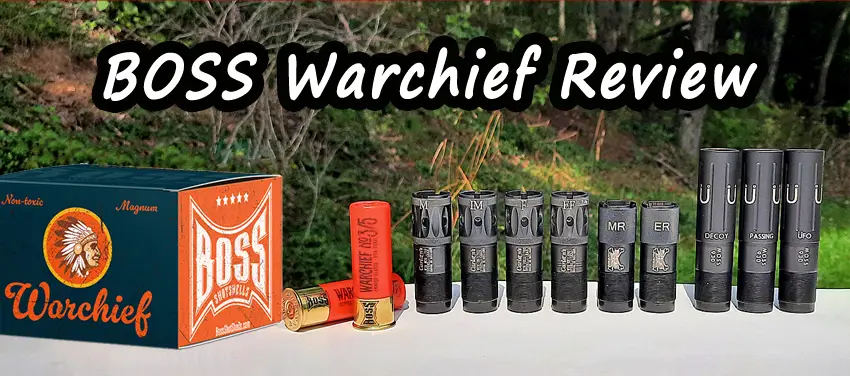Duck decoys range from $40 to $400 a dozen, and beyond. Are the fancy duck decoys better? If so, by how much? On this episode I talk about the differences between cheap and expensive duck hunting decoys to help you understand how to weigh the pros and cons of each to make informed decisions.
Keep in mind, for generations hunters carved crude decoys from wood, used painted milk jugs, and improvised their own decoys out of whatever rudimentary materials that could find or create that would float for awhile. And these decoys worked reasonably well. Even the cheapest decoys on the market today are drastically better than what most hunters used throughout waterfowl hunting history. We are a little bit spoiled today with the caliber of simple and low-cost options available. So, are expensive decoys really that much better?
There are three main areas that expensive decoys give you advantages over cheaper decoys. They are detail, durability, and technology.
- Detail refers to both the paint job and the life like diversity of different duck positions. Cheaper decoys often all look identical while more expensive ones have a variety of posses that make them appear more lifelike.
- Durability is a factor of two different areas. One is making the decoys sink resistant and the other is the durability of the paint and finish. Only one of these is a legitimate point to consider when it comes to cheap vs. expensive decoys.
- Technology is a bit more complex. Because ducks can see certain colors and spectrums that people cannot, some decoys are designed to be more visible to ducks in low light but people cannot see those differences with our eyes. Expensive decoys sometimes come setup with this technology.
The big question is how much difference can expensive decoys make in these areas to be worth their price tag? Are $400 decoys really 10x better than $40 decoys? The simple answer is no, of course not. The more you pay, the less you get. It is a system of diminishing returns. However, if you pay more, you do get more. You just do not get a lot more. So the hunter able to pay large sums of money for the best decoys does get better decoys but they are only a little bit better.
So, is it worth it? Only you can decide that. You need to listen to this entire podcast episode to get all of the information you need to judge the pros and cons of expensive decoys and decide which decoys are best for you to use.


